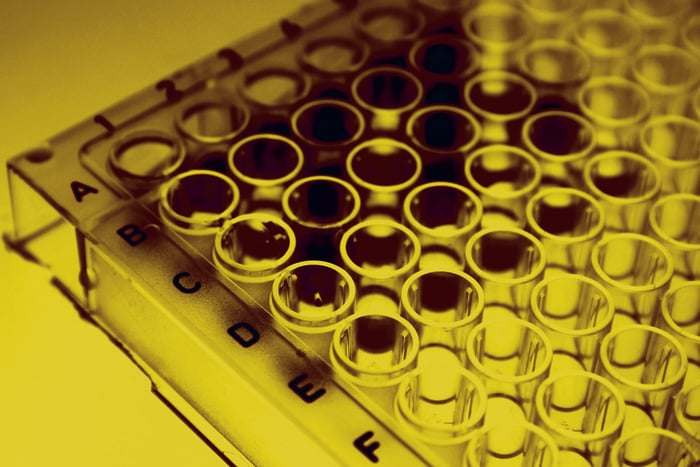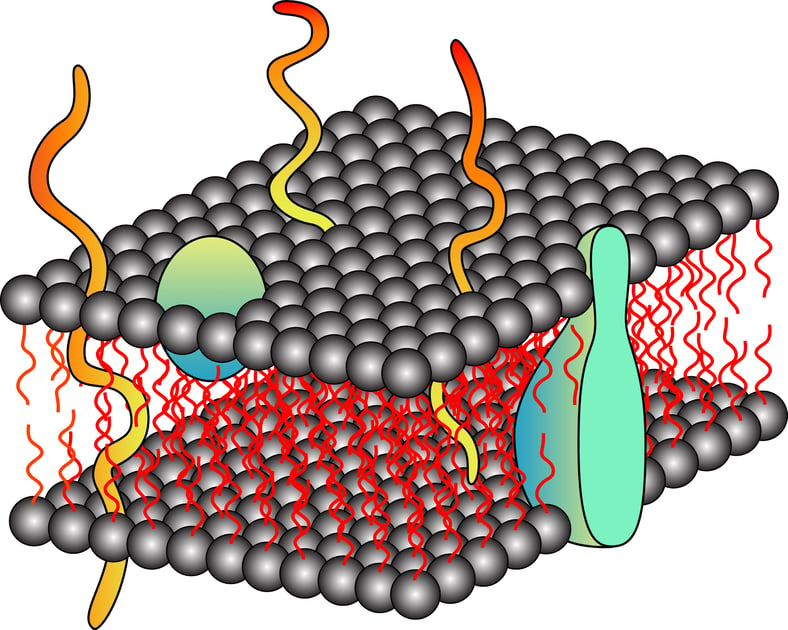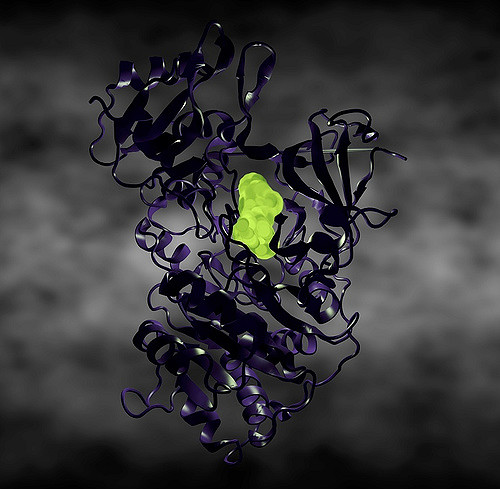There are a wide variety of ELISA substrates designed for different systems and detection methods. These ELISA substrates are designed to detect alkaline phosphatase (AP) and horseradish peroxidase (HRP). In addition to their sensitivity, other factors, such as cost and ease of use, may also factor in. Choosing the right ELISA substrates begins with determining the limits of detection required. From there, a general type of ELISA substrate can be selected and the specific substrate can be narrowed down. There are five major types of substrate available: PNPP, ABTS, OPD, TMB, and ONGP. Of these, TMB is one of the most versatile.
Common Subcellular Markers You Need to Know About
Cells are made up of recognizable structures that each serve their own purposes and have their own characteristics. Common subcellular markers are often used to distinguish cells from each other and to identify potential irregularities within the cellular structure. Though there are a multitude of subcellular markers available, a few of them are more common and more easily identified than others.
How to extract biologically active proteins from the cells and tissue of organisms using detergent based lysis method
Extraction of proteins from cells and tissue of organisms is the first step towards isolation of proteins. The extracellular matrix needs to be removed or digested in case of tissue, the cell wall needs to be digested for organisms like bacteria, yeast and plants, and the cell membrane needs to be disrupted to release the proteins in solution. Traditionally, physical methods for disruption of cells and tissues are employed to release cellular proteins including sonication, french press, homogenization, manual grinding or using blenders. Although one is able to get the active proteins, these physical methods have several limitations:
Topics: Detergents, Protein Extraction
Role of Proteases in Mass Spec Identification of Proteins
Protein analysis and identification through mass spectrometry first requires a breakdown of each protein into their composite peptides. Once the protein has been broken down, the peptides can be separated through the use of a reverse phase column and the peptides and peptide fragments can be measured using a mass spectrometer.
Topics: Mass Spectrometry







